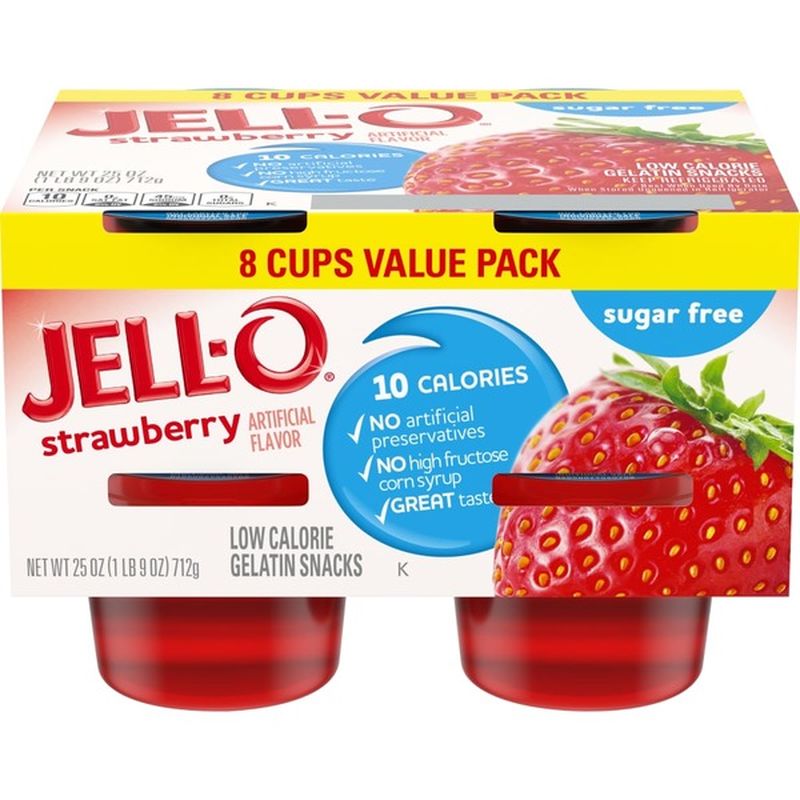

The question was posed to Poskim in the USA who ruled that the aforementioned Rabbinic requirement to inspect every fish only applies to fish which will be consumed intact (e.g. Due to the way the fish skins were transported and stored, this was close to impossible, and the question was whether there was any room for leniency. But others take a more strict approach regarding fish and hold that mid’rabannan a Jew must inspect every fish (or fish skin) to make sure it is from a kosher fish. Although there were plenty of fish skins to be had, how could the certifying Rabbis be sure that the skins they were using were from kosher fish? Some Rabbis were satisfied if the fish skins came from a factory which only processes kosher fish, where it is rather clear that the only skins available are those of kosher fish. The first order of business was to procure a large horde of kosher fish skins. But after enough consumers clamored for kosher marshmallows, some enterprising businessmen decided to test the market with some kosher gelatin, but this was made from fish skins. Kosher Fish GelatinĪlthough a small amount of kosher meat gelatin was made many decades ago, for years there was no truly kosher gelatin available. Thus, even those who argued that gelatin made from the hides of beef or from bones is kosher, would have a harder time defending that position as relates to gelatin made from pig hides. One exception is that the hides of domesticated pigs have the halachic status of meat, are considered edible and are most-definitely not kosher. However, just two halachos later, Rambam cites the Mishnah that states a number of exceptions to the aforementioned rule. Ma’acholos Asuros 4:18), and are only forbidden mid’rabannan. The halachic ramifications of this are as follows:Īnimal bones and hides are considered inedible and “kosher” even if they come from a non-kosher or non-slaughtered animal (see Rambam, Hil. For this reason, about 90% of American gelatin is porcine – made from pigs – and the higher-quality gelatin made from bones is reserved for the photographic industry. Manufacturers have found that if they made gelatin from the hide/skin of young pigs, they would require considerably less bating (see sidebar) than if they made it from animal bones. This article will focus on the more-recent developments regarding kosher gelatin. The most common motifs in the amino acid sequence of collagen are glycine-proline-X and glycine-X-hydroxyproline, where X is any amino acid other than glycine, proline or hydroxyproline.It is well known that a few generations ago the Poskim discussed whether gelatin made from animal bones is kosher, and the general consensus in the United States was that it is not kosher. The amino acid composition of collagen is atypical for proteins, particularly with respect to its high hydroxyproline content.
#Where does gelatin come from skin
And it’s these structures that form the connective tissue in skin and bone. Cross-linking between many of these triple helices produces collagen fibrils that have a three-dimensional network structure. These intertwine in groups of three to form triple helix structures. The basic unit comprises a protein chain of about 1050 amino acids. They contain the collagen protein that we use to manufacture gelatin.Ĭollagen is the most important scleroprotein in the bodies of humans and animals. It’s made from the skins of pigs and cows or from demineralized animal bones - all of which are approved for human consumption by the veterinary authorities.

Gelatin is pure protein and a natural foodstuff.


 0 kommentar(er)
0 kommentar(er)
